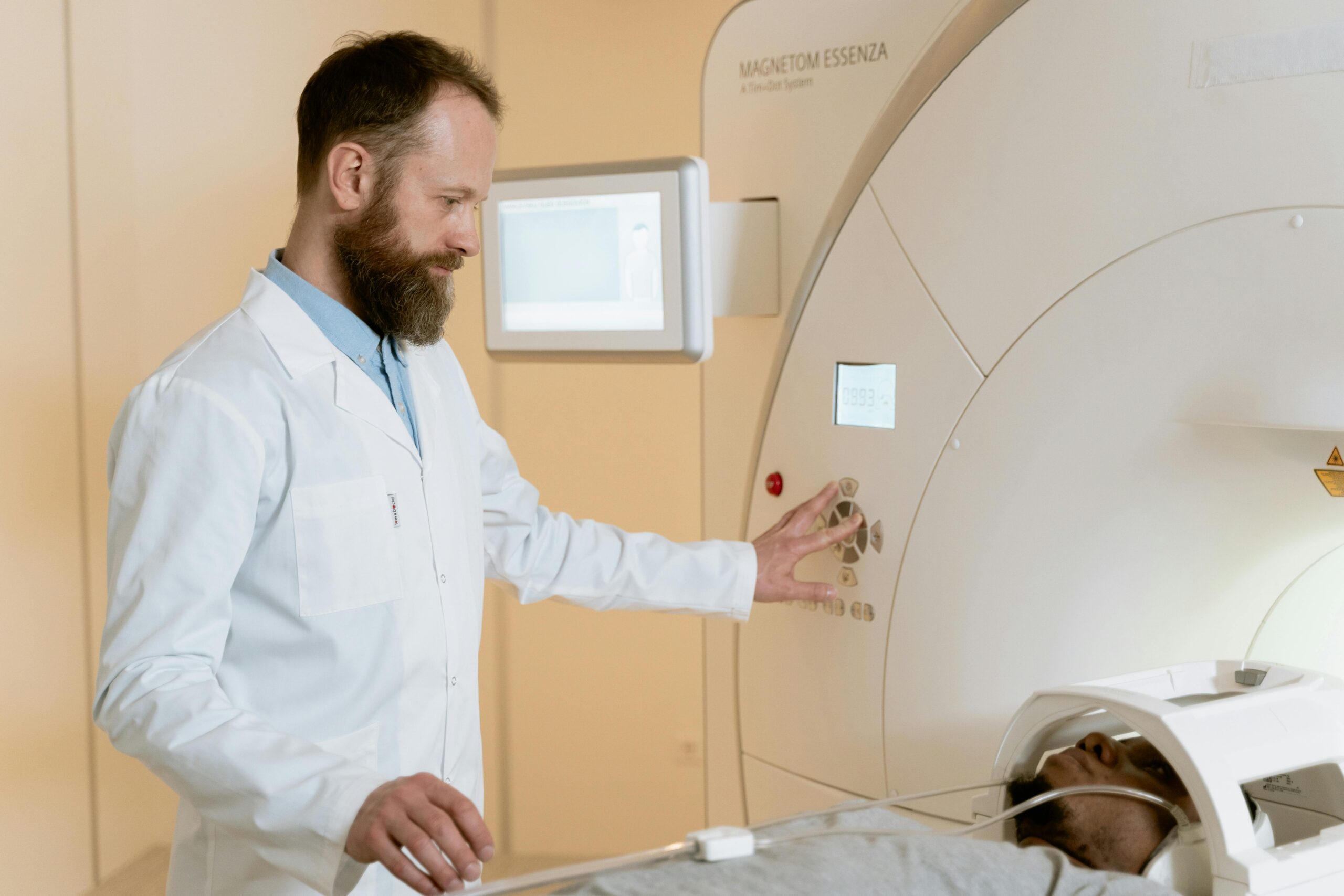Introduction
Blood diseases encompass a wide range of disorders affecting the components and functions of blood. These diseases can impact red blood cells, white blood cells, platelets, plasma, and the overall clotting mechanisms. Blood diseases can be genetic, acquired, or idiopathic (of unknown cause). This comprehensive guide explores various blood diseases, their causes, symptoms, diagnostic approaches, treatment options, and preventive measures to maintain optimal health.
Importance of Addressing Blood Diseases
Effective management of blood diseases is crucial for several reasons:
- Health Maintenance
- Proper diagnosis and treatment prevent complications such as anemia, infections, and bleeding disorders.
- Maintaining healthy blood ensures adequate oxygen transport, immune response, and clotting functions.
- Quality of Life
- Addressing blood diseases improves overall well-being, reduces fatigue, and enhances physical capabilities.
- Preventing complications related to blood diseases minimizes hospitalizations and improves daily functioning.

- Preventing Complications
- Early detection and treatment of blood diseases prevent severe outcomes such as organ damage, stroke, and heart attacks.
Common Types of Blood Diseases
Understanding the types of blood diseases is crucial for diagnosis and management:
- Anemia
- Causes: Iron deficiency, vitamin B12 or folate deficiency, chronic diseases, bone marrow disorders, genetic conditions (e.g., sickle cell anemia, thalassemia).
- Symptoms: Fatigue, weakness, pale skin, shortness of breath, dizziness, and palpitations.
- Management: Dietary changes, supplements, medications, treating underlying causes, and blood transfusions.
- Leukemia
- Causes: Genetic mutations, exposure to radiation or chemicals, certain infections.
- Symptoms: Frequent infections, unexplained weight loss, swollen lymph nodes, fatigue, easy bruising or bleeding.
- Management: Chemotherapy, radiation therapy, targeted therapy, bone marrow transplant.
- Lymphoma
- Causes: Genetic mutations, immune system deficiencies, certain infections (e.g., Epstein-Barr virus).
- Symptoms: Swollen lymph nodes, fever, night sweats, weight loss, fatigue.
- Management: Chemotherapy, radiation therapy, immunotherapy, stem cell transplant.
- Hemophilia
- Causes: Genetic mutations leading to clotting factor deficiencies.
- Symptoms: Excessive bleeding, easy bruising, spontaneous bleeding into joints and muscles.
- Management: Replacement therapy with clotting factors, preventive (prophylactic) therapy, physical therapy.
- Thrombocytopenia
- Causes: Bone marrow disorders, autoimmune diseases, certain medications, infections.
- Symptoms: Easy bruising, prolonged bleeding from cuts, spontaneous bleeding (e.g., nosebleeds, gum bleeding), petechiae (small red or purple spots on the skin).
- Management: Treating underlying cause, platelet transfusions, medications to boost platelet production.
- Sickle Cell Disease
- Causes: Genetic mutation leading to abnormal hemoglobin (HbS).
- Symptoms: Pain crises, anemia, frequent infections, delayed growth, vision problems.
- Management: Pain management, hydration, blood transfusions, hydroxyurea, bone marrow transplant.
- Multiple Myeloma
- Causes: Genetic mutations in plasma cells, exposure to radiation or chemicals.
- Symptoms: Bone pain, fractures, frequent infections, anemia, kidney dysfunction.
- Management: Chemotherapy, targeted therapy, immunotherapy, stem cell transplant.
Symptoms of Blood Diseases
Symptoms vary depending on the type and severity of the blood disease:
- Fatigue and Weakness: Common in anemia and other conditions affecting red blood cells.
- Frequent Infections: Seen in leukemia, lymphoma, and conditions affecting white blood cells.
- Excessive Bleeding or Bruising: Indicative of hemophilia, thrombocytopenia, and clotting disorders.
- Bone Pain: Often associated with multiple myeloma and leukemia.
- Shortness of Breath: Common in anemia and conditions affecting oxygen transport.
- Swollen Lymph Nodes: Indicative of lymphoma and some infections.
Diagnostic Approaches
Diagnosing blood diseases involves a combination of clinical evaluation, laboratory tests, and imaging studies:
- Clinical Evaluation
- Medical History: Detailed inquiry about symptoms, family history, and risk factors.
- Physical Examination: Assessment of lymph nodes, spleen, skin, and overall health.
- Laboratory Tests
- Complete Blood Count (CBC): Measures red blood cells, white blood cells, platelets, hemoglobin, and hematocrit.
- Blood Smear: Microscopic examination of blood cells to identify abnormalities.
- Bone Marrow Biopsy: Sampling of bone marrow to assess cell production and detect malignancies.
- Clotting Tests: Evaluates blood’s ability to clot, including prothrombin time (PT) and activated partial thromboplastin time (aPTT).
- Genetic Testing: Identifies specific genetic mutations linked to blood diseases.
- Imaging Studies
- X-rays and MRI: Detect bone damage or abnormalities.
- CT Scans: Assess lymph nodes and internal organs for signs of disease.
- Ultrasound: Evaluate spleen size and detect abnormalities in blood flow.
Managing and Treating Blood Diseases
Treatment goals focus on relieving symptoms, managing the underlying cause, and preventing complications:
- Medications
- Iron Supplements and Vitamins: For iron deficiency anemia and vitamin B12 or folate deficiency.
- Chemotherapy and Targeted Therapy: For leukemia, lymphoma, and multiple myeloma.
- Hydroxyurea: For sickle cell disease to reduce pain crises and complications.
- Clotting Factor Replacement: For hemophilia to prevent and control bleeding.
- Supportive Care
- Blood Transfusions: To treat severe anemia and blood loss.
- Pain Management: Using medications and therapies to control pain in conditions like sickle cell disease.
- Hydration and Nutrition: Ensuring adequate fluid and nutrient intake to support overall health.
- Lifestyle Changes
- Healthy Diet: Emphasize a balanced diet rich in iron, vitamins, and minerals.
- Regular Exercise: Engage in physical activity to promote cardiovascular health and overall well-being.
- Avoiding Smoking and Alcohol: Reducing exposure to toxins that can affect blood health.
- Monitoring and Regular Check-ups
- Routine Monitoring: Regular assessment of blood counts and health status.
- Follow-up Appointments: Regular check-ups with healthcare providers to monitor treatment effectiveness and make necessary adjustments.
- Therapies and Rehabilitation
- Bone Marrow and Stem Cell Transplantation: For certain blood cancers and severe genetic blood disorders.
- Physical Therapy: For hemophilia patients to maintain joint health and mobility.
Preventive Measures
Promoting blood health and preventing blood diseases involve proactive measures and healthy lifestyle choices:
- Genetic Counseling
- Family Planning: For individuals with a family history of genetic blood disorders to understand risks and options.
- Vaccinations
- Preventing Infections: Vaccinations against infections that can affect individuals with compromised immune systems (e.g., flu, pneumonia, hepatitis B).
- Healthy Diet and Hydration
- Balanced Nutrition: Focus on a diet rich in fruits, vegetables, whole grains, lean proteins, and healthy fats.
- Adequate Hydration: Maintain proper hydration to support overall health and blood volume.
- Avoiding Toxins
- Reducing Exposure: Minimize exposure to chemicals, radiation, and other environmental toxins.
- Routine Check-ups
- Regular Medical Check-ups: Monitor blood health, detect any abnormalities, and address risk factors.

Conclusion
Managing blood diseases requires a comprehensive approach, including early diagnosis, personalized treatment plans, and preventive measures to promote overall health and reduce the risk of complications. By understanding the causes, symptoms, diagnostic approaches, and treatment options for various blood diseases, individuals can take proactive steps to protect their blood health and overall well-being. Collaboration with healthcare providers, adherence to treatment recommendations, and regular monitoring are essential for optimizing health outcomes and preventing complications related to blood diseases.
